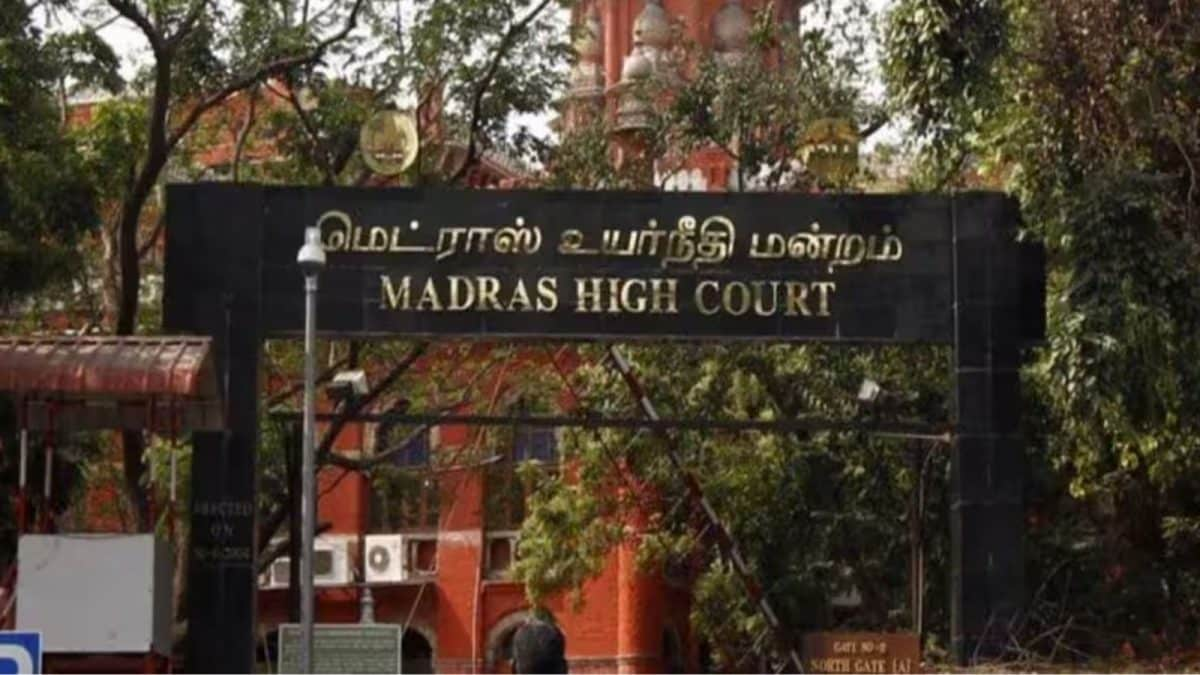While the establishment of the Indian Institutes of Science Education and Research (IISERs) about two decades ago gave a fillip to science education in India, there is a need for more higher education institutions to cater to the students who want to pursue science, Prof. Ashoke Sen, Infosys Madhava Chair Professor, International Centre for Theoretical Sciences (ICTS), Bengaluru, said on Thursday.
Current trends
The current trends indicate a heavy incline towards engineering, medicine or management, which enable students to earn well, but science will be pursued by those who are genuinely interested in the subject.
“The demand is quite high; even to get into IISERs, there is tough competition,” Prof. Sen said.
IISERs, he said, have provided opportunities to interested students to pursue science.
“I am not particularly concerned about more students opting for professional courses. As long as there are enough opportunities for people genuinely interested in science, we are doing good enough,” Prof. Sen added.
On the research front, however, he sounded a note of caution, saying that India’s allocation to science research, was minuscule, compared to China and other developed countries in Asia and the West. Besides, bureaucracy, with its regulations and administrative control, made it difficult to access grant money. “Restrictions on the use of grant is a bottleneck in doing experimental research in India. Theorists, fortunately, do not suffer from this, unless they want to buy a big computer,” he added.
Prof. Sen was at The Institute of Mathematical Sciences (IMSc) in Taramani on Thursday to deliver a lecture on “Classical Gravitational Wave Tails from Quantum Soft Theorem” as part of “The Alladi Ramakrishnan Centenary Lecture Series”.
His lecture dwelt on the use of certain results in quantum gravity, called soft graviton theorem, to simplify the calculation of aspects of gravitational waves produced by a scattering process (an explosion, like supernova, or a cluster collision). The application of the theorem simplifies the otherwise complicated calculation process to arrive at the source of the scatter.
Experimental use
In the theoretical realm, this method may still be experimentally used to reconstruct the scattering process once gravitational waves from scattering are detected.
Practical use related to actual measurements depended on several factors such as sensitivity of detection instruments and the frequency of such scattering processes in the universe.
Prof. Krishnaswami Alladi, Professor of Mathematics, University of Florida, and Prof. V. Ravindran, Director, IMSc, spoke.



.png)
.png)
.png)
















 3 hours ago
3
3 hours ago
3










 English (US) ·
English (US) ·